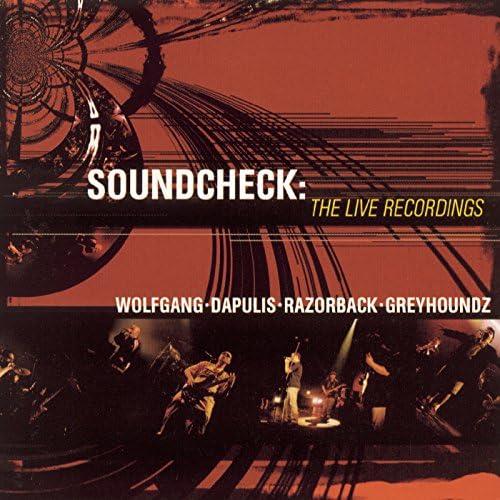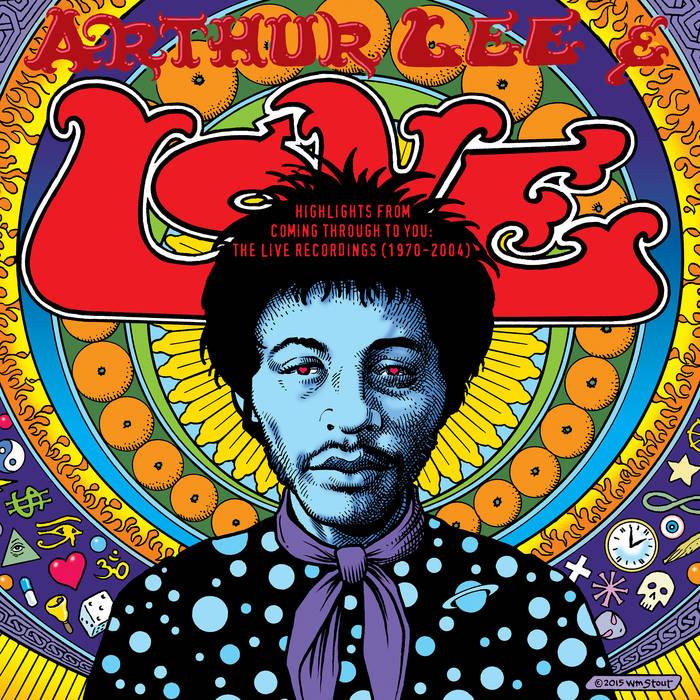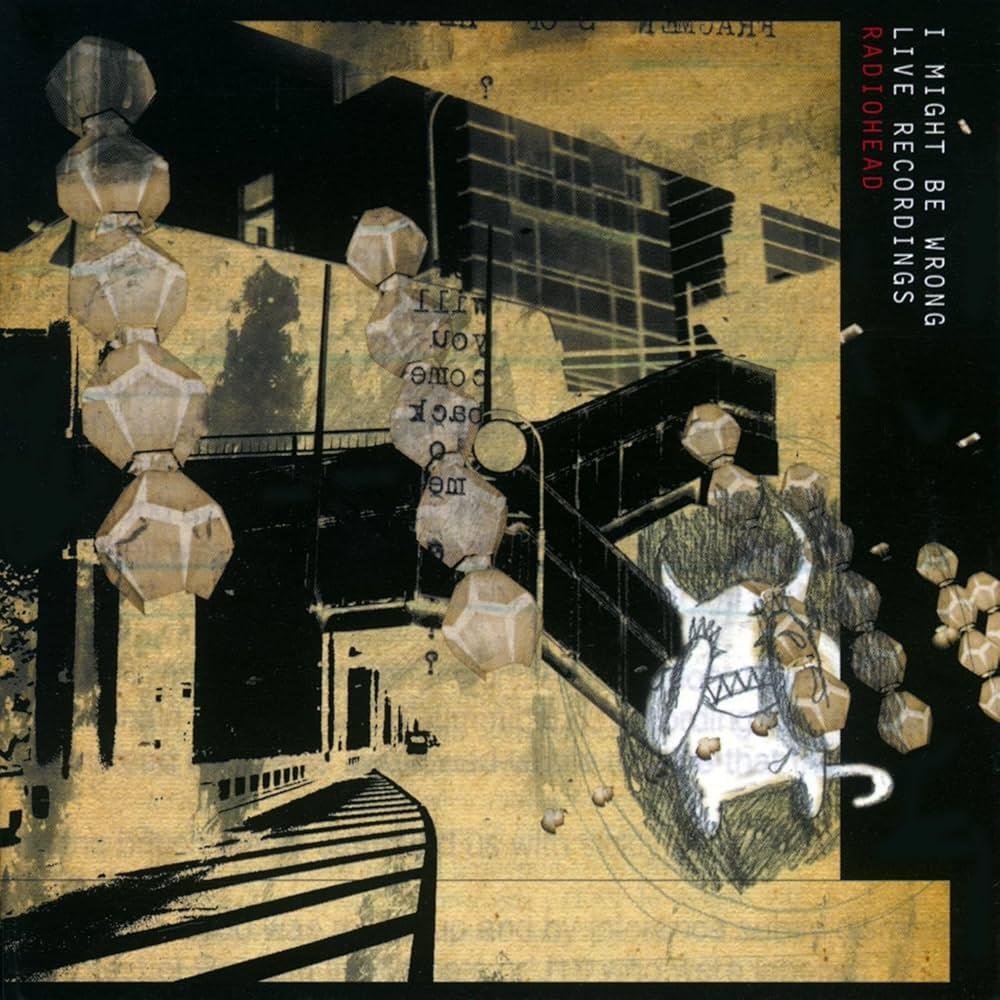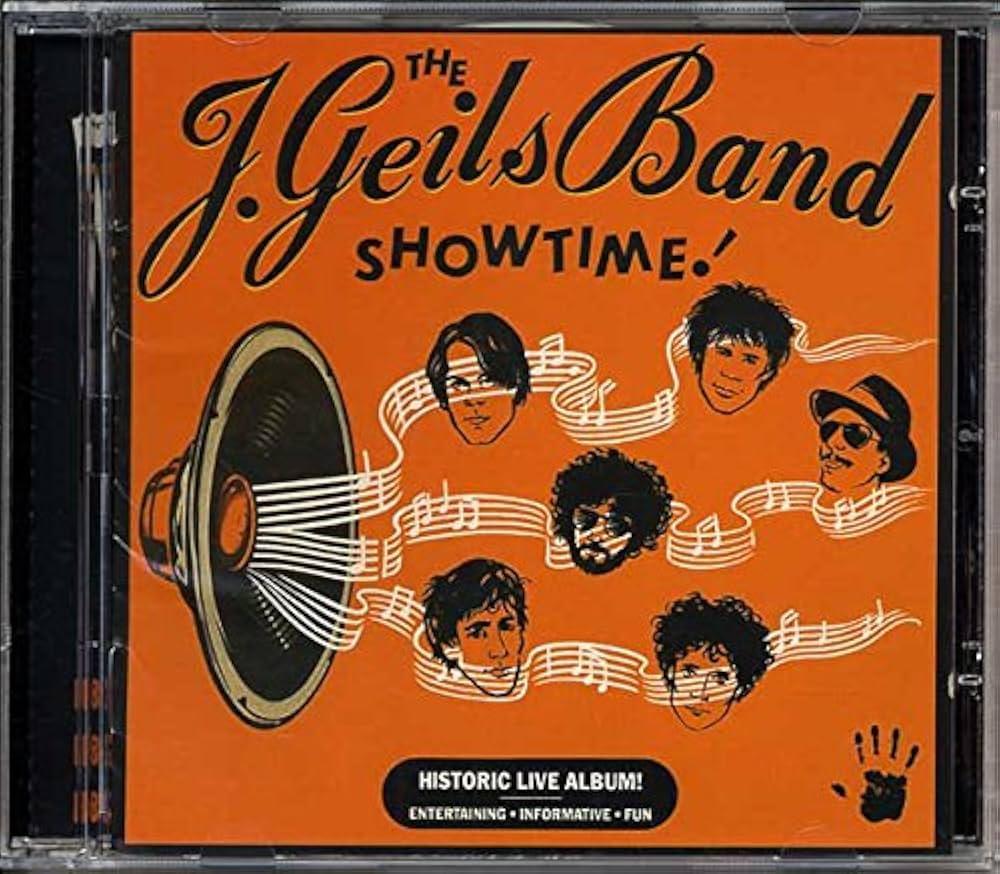There’s a unique kind of magic that happens when an artist steps onto a stage, the lights dim, and the first note rings out-captured not in a sterile studio, but live, in front of an audience. Live album recordings have long served as time capsules, preserving moments of raw emotion, unfiltered energy, and spontaneous brilliance. These recordings do more than just document a performance; they often redefine an artist’s legacy, influence entire genres, and sometimes even change the course of music history. In this article, we delve into some of the most iconic live albums ever recorded-those unforgettable sessions that transcended the concert experience to become timeless landmarks in the world of music.
Table of Contents
- Iconic Venues That Transformed Live Recordings Into Timeless Classics
- The Art of Capturing Raw Energy: Techniques Behind Legendary Live Albums
- Audience Connection and Its Role in Defining Historic Performances
- Underrated Live Recordings That Deserve a Spot in Music History
- Essential Listening Guide for Exploring Groundbreaking Live Albums
- Wrapping Up
Iconic Venues That Transformed Live Recordings Into Timeless Classics
Throughout the history of music, certain venues have stood as more than just stages-they have become hallowed ground where raw energy and unmatched acoustics converged to create live albums etched into eternity. These spaces didn’t just capture performances; they immortalized moments, transforming ordinary concerts into timeless classics cherished by generations.
The synergy between artist and venue is often the secret ingredient behind legendary live recordings. Take, for example, the smoky ambiance of The Fillmore in San Francisco, where psychedelic rock found its voice, or the grandeur of the Royal Albert Hall in London, whose ornate architecture amplified the emotional depth of countless iconic performances. These venues possess an intangible magic, enhancing every note and crowd cheer, making the listening experience profoundly immersive.
In many cases, the layout and acoustics shaped the very character of the album. From intimate clubs where the audience’s presence felt palpable, to sprawling arenas that elevated anthems into communal celebrations, the physical space played a pivotal role in capturing the essence of live music. These venues became collaborators in the creative process, their unique traits woven into the fabric of the recordings.
- Maxwell’s, Hoboken: Known for its intimate setting, it birthed raw, heartfelt performances that felt like private concerts.
- Madison Square Garden, NYC: The energy of tens of thousands of fans turned live recordings here into monumental events.
- Carnegie Hall, NYC: A sanctuary for classical and jazz artists, its pristine acoustics captured nuance like no other.

The Art of Capturing Raw Energy: Techniques Behind Legendary Live Albums
Capturing the fiery essence of a live performance demands more than just plugging in microphones and hitting record. Legendary live albums owe their timeless status to a delicate balance of technical mastery and spontaneous artistry. Engineers and producers often rely on strategic microphone placement to harness the natural acoustics of the venue, transforming a concert hall’s unique atmosphere into an audible dimension that studio recordings rarely achieve.
Beyond the gear, the magic lies in the willingness to embrace imperfection. Slight tempo fluctuations, the crowd’s raw reaction, and even occasional instrumental slips breathe authenticity into the recording. This vulnerability is what separates a sterile reproduction from a visceral experience that transports listeners back to that electrifying moment. Techniques such as live mixing on the fly and minimal overdubbing preserve this energy, ensuring the final product resonates as a living, breathing event.
Essential tools and approaches used by seasoned professionals include:
- Ambient Room Mics: Capturing audience noise and room reverberation to add depth.
- Multi-track Recording: Allowing individual instrument isolation for post-production finesse without losing the live feel.
- Dynamic Mixing Desks: For real-time adjustments, balancing instruments and vocals as the performance unfolds.
- Analog Tape Machines: Embraced for their warm saturation and natural compression properties.
| Technique | Impact on Sound | Example Album |
|---|---|---|
| Close Miking | Detailed instrument clarity | “Live at Leeds” – The Who |
| Audience Feed | Captures crowd energy | “Frampton Comes Alive!” – Peter Frampton |
| Minimal Overdubs | Preserves authenticity | “Get Yer Ya-Ya’s Out!” – The Rolling Stones |

Audience Connection and Its Role in Defining Historic Performances
There’s a unique magic that unfolds when an artist truly connects with their audience during a live performance. This connection transcends the typical performer-spectator dynamic, creating moments that feel both intimate and electrifying. The energy exchange between the crowd and the artist becomes palpable, infusing the recording with an authenticity that studio albums often lack. It’s this dynamic that often defines a live album as historic, capturing not just sound, but the spirit of a shared experience.
When audiences are fully engaged, their reactions-cheers, chants, even spontaneous sing-alongs-become part of the fabric of the recording. These interactions provide a raw, unfiltered layer of emotion that can elevate a performance from good to legendary. In many iconic live albums, the roar of the crowd or the hush of anticipation acts almost like an additional instrument, amplifying the artist’s impact and immortalizing the night.
- Emotional resonance: Genuine audience reactions often inspire artists to reach new creative heights.
- Spontaneity: The unpredictable nature of live shows creates one-of-a-kind moments that can’t be replicated.
- Community feeling: The shared enthusiasm of thousands bonds listeners beyond the music itself.
| Live Album | Year | Audience Impact |
|---|---|---|
| “Live at Leeds” | 1970 | Explosive crowd energy drives performance intensity |
| “Frampton Comes Alive!” | 1976 | Audience participation turns songs into anthems |
| “MTV Unplugged in New York” | 1994 | Intimate atmosphere enhances emotional delivery |
Ultimately, the audience’s role is not passive; they are co-creators of the historic moment. The synergy between performer and listener captures the essence of live music’s power-its ability to unite, surprise, and inspire. This relationship breathes life into recordings, ensuring they resonate across generations as more than just albums, but as timeless chronicles of shared human experience.
Underrated Live Recordings That Deserve a Spot in Music History
Sometimes, the raw energy of a live performance transcends studio polish, capturing moments that define an artist’s true essence. These recordings, often overshadowed by blockbuster live albums, offer an unfiltered glimpse into the magic that happens when musicians feed off the crowd’s energy. From spontaneous improvisations to unexpected crowd interactions, these moments have cemented their place in music lore, even if mainstream recognition lags behind.
Consider the charm of bootleg-quality gems that reveal a band’s evolution or the intimate acoustic sets that strip back the layers to reveal emotional core. These recordings possess a certain authenticity, reminding us that music is as much about the experience as it is about perfection. They serve as a testament to the unpredictable beauty of live artistry.
- Unpolished yet powerful: The raw sound captures the heart of the moment.
- Rare setlists and unreleased tracks: Offering fans treasures not found elsewhere.
- Audience interaction: Creating a unique atmosphere that studio albums can’t replicate.
- Historic context: Documenting pivotal points in a band’s journey.
| Artist | Recording Year | Why It’s Underrated |
|---|---|---|
| The Velvet Underground | 1969 | Captures raw experimental energy before mainstream acclaim. |
| Jeff Buckley | 1995 | A haunting acoustic set showcasing vulnerability and virtuosity. |
| Nina Simone | 1964 | Intimate performance revealing social and emotional depth. |

Essential Listening Guide for Exploring Groundbreaking Live Albums
Live albums capture the raw energy and spontaneity of artists in their element, transforming concerts into timeless sonic experiences. Some recordings transcend mere documentation, becoming defining moments that pushed the boundaries of what live music could achieve. These groundbreaking albums offer a window into the evolution of performance art, showcasing innovation in sound engineering, audience interaction, and setlist creativity.
When diving into this realm, consider albums that not only feature stellar performances but also introduced new production techniques or narrative structures. For instance, albums that blend crowd noise as an atmospheric instrument or those that present a continuous live story rather than isolated songs. This guide highlights records where the live element is not just a backdrop but the protagonist.
Key characteristics to look for in revolutionary live albums include:
- Immersive soundscapes: Layers of crowd ambience and natural acoustics that enhance the listening experience.
- Unpredictable arrangements: Improvisations and unique renditions that differ greatly from studio versions.
- Historic significance: Performances that captured cultural moments or pivotal changes in an artist’s career.
- Technical innovation: Use of cutting-edge recording technology or mixing techniques that set new standards.
| Album | Artist | Year | Why It Matters |
|---|---|---|---|
| Live at Leeds | The Who | 1970 | Raw energy captured with unprecedented clarity. |
| Frampton Comes Alive! | Peter Frampton | 1976 | Popularized live albums as chart-topping successes. |
| Stop Making Sense | Talking Heads | 1984 | Innovative visual and sonic storytelling. |
| MTV Unplugged in New York | Nirvana | 1994 | Reimagined grunge with intimate acoustic depth. |
Wrapping Up
As the final notes echo through the annals of music history, these live album recordings stand as timeless testaments to moments when artistry and audience converged in perfect harmony. They capture not just sound, but the raw energy, emotion, and spontaneity that studio walls often contain. In revisiting these historic performances, we are reminded that music’s true power lies in its ability to connect, inspire, and transcend time-eternally alive in the grooves of a record and the hearts of listeners everywhere.

